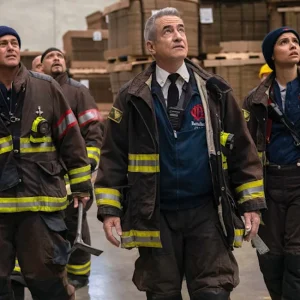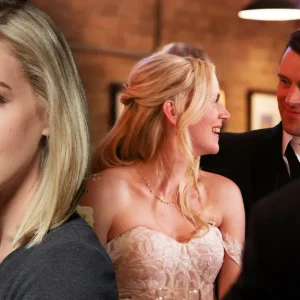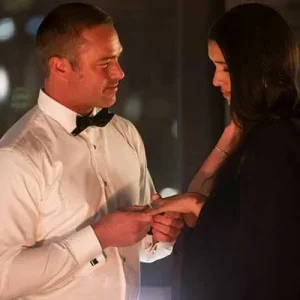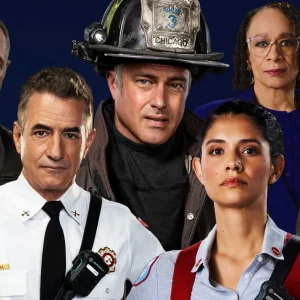The city of Chicago, with its towering skyline, its deep-seated history, and its unwavering spirit, is more than just a backdrop; it is the
beating heart of a television phenomenon. The “One Chicago” franchise – an interconnected universe comprising Chicago Med, Chicago
Fire, and Chicago P.D. – has transcended mere entertainment to become a cultural cornerstone, a weekly ritual for millions. And when the
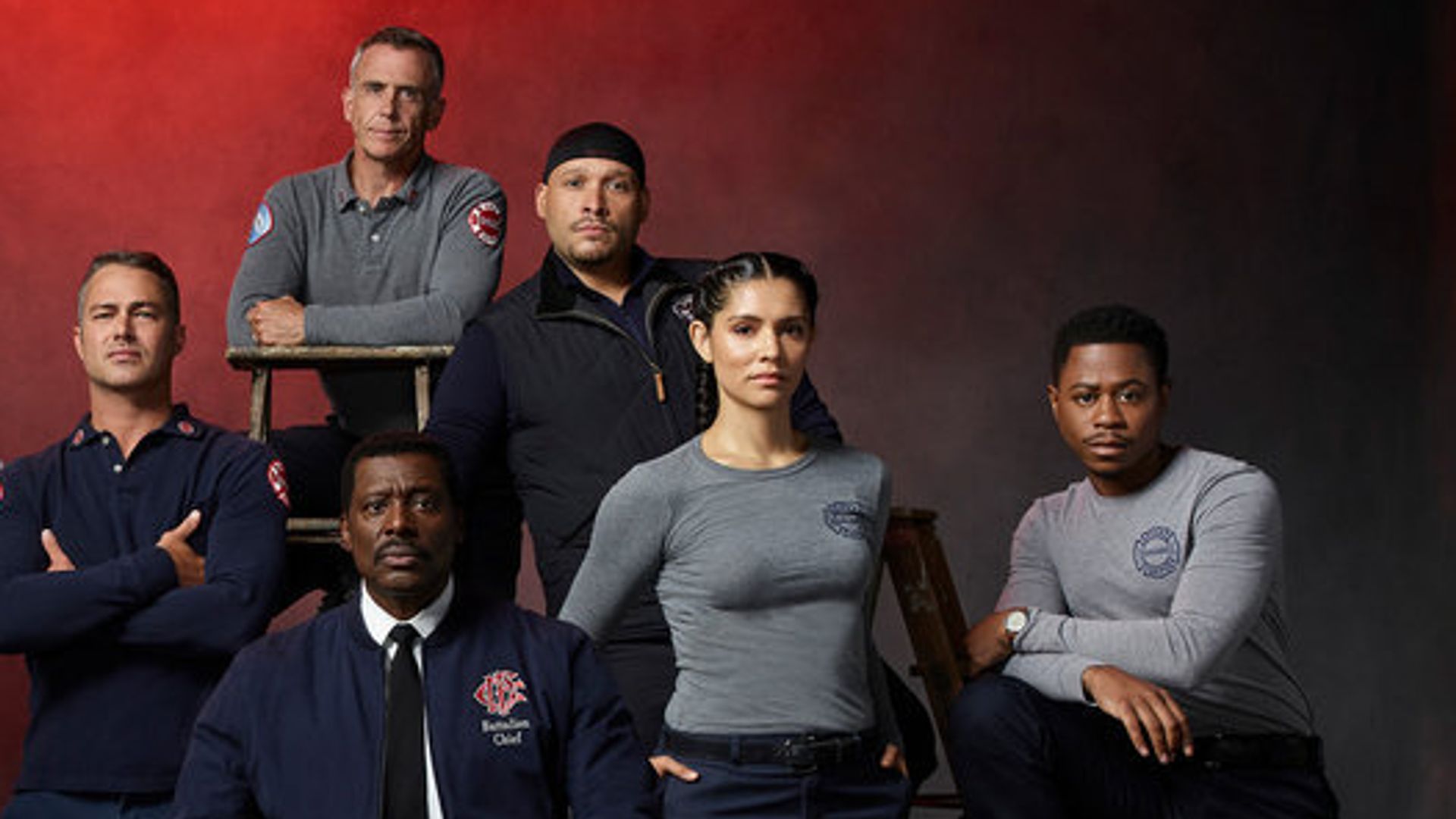
first looks at new seasons drop, they aren’t just promotional teasers; they are vivid affirmations of the franchise’s enduring soul, a promise whispered through the screen of continued grit, heroism, and profound human drama.
To speak of “One Chicago” is to speak of a unique tapestry woven from the threads of courage, sacrifice, and the relentless pursuit of justice. Each series, while distinct in its focus, shares a common DNA: a commitment to showcasing the everyday heroes who navigate the high-stakes realities of a bustling metropolis. The return of these shows, heralded by those tantalizing first looks, is akin to the first chill in the autumn air, signaling a familiar comfort and an exhilarating anticipation. It’s a moment when the city itself seems to hold its breath, ready for its chroniclers to pick up their narrative threads once more.
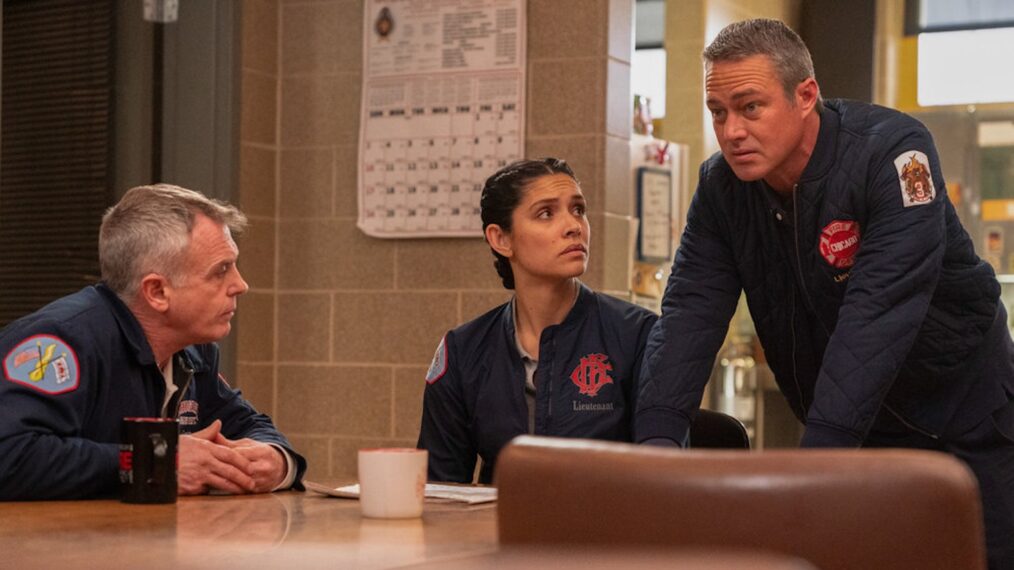
The glimpse into Chicago Med often arrives with a cacophony of urgency – the frantic rhythm of hospital life, the stark white of sterile environments punctuated by the stark red of life-or-death decisions. The “first looks” unveil more than just medical emergencies; they hint at the ethical quandaries that plague Dr. Halstead, the personal sacrifices made by Nurse April Sexton, or the emotional toll taken on Dr. Manning. We see faces etched with exhaustion, determination, and profound empathy. These previews don’t just show patients arriving; they highlight the raw vulnerability of life and the unwavering resolve of those who fight for it, illustrating the delicate balance between medical miracles and human fallibility. The camera lingers on a surgeon’s intense gaze, a nurse’s comforting touch, a patient’s hopeful tear – each frame a vignette of the human condition under duress.
Then, the siren wails, the bell rings, and the “first looks” for Chicago Fire explode onto the screen with a flash of orange and crimson. Here, the imagery is often more visceral: a burning building silhouetted against a night sky, a ladder truck extending towards a window, a firefighter emerging from smoke, carrying a child. These aren’t just scenes of danger; they are portraits of an unbreakable brotherhood and sisterhood, a family forged in the furnace of imminent peril. The previews tease the next spectacular blaze, the next daring rescue, but also the quieter moments: the camaraderie around the firehouse table, the unspoken understanding between partners, the personal struggles that play out beneath the uniforms. We see the sweat, the grime, the unwavering courage, but also the glint in a character’s eye, a shared glance that speaks volumes about loyalty and trust. Each frame is a testament to the selfless act of running into chaos when everyone else runs away.
